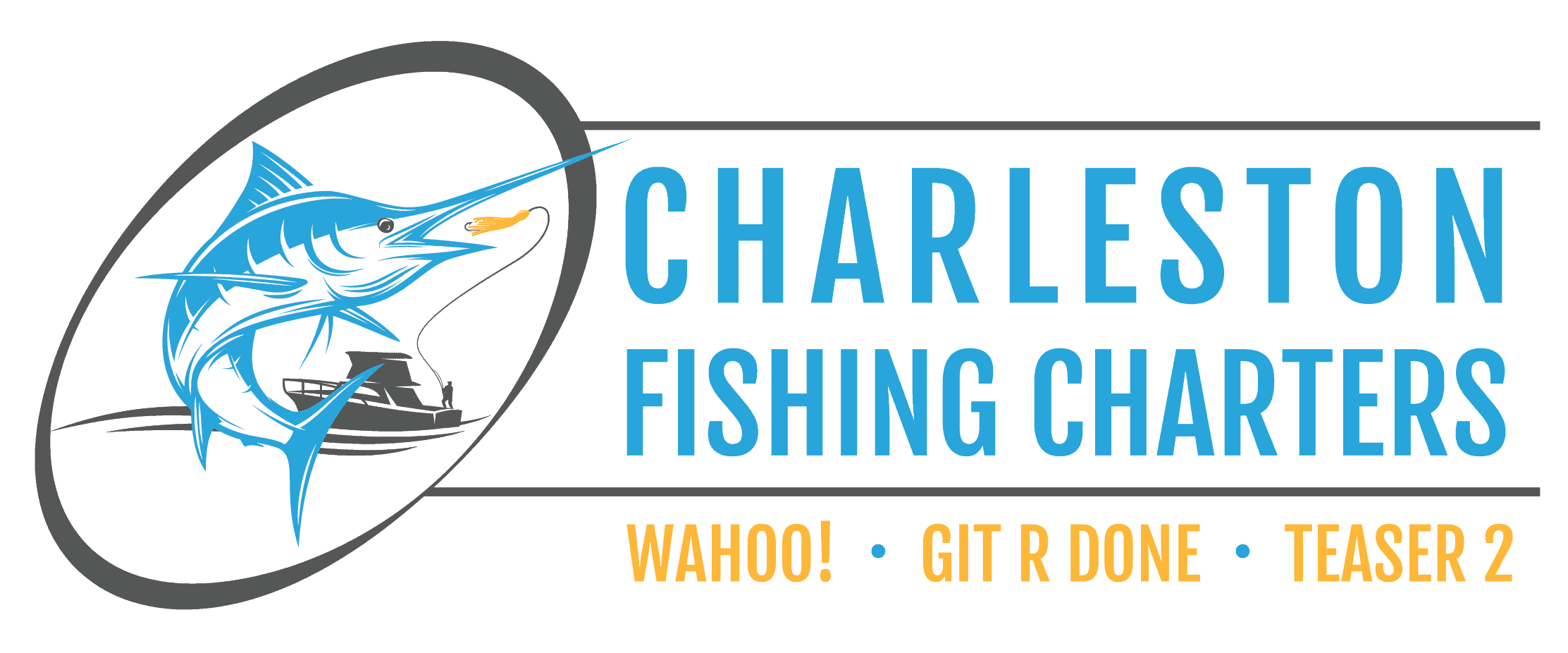What is Offshore Fishing?
What exactly is offshore fishing? Most consider it to be fishing where the water depth is over 90 feet. Offshore fishing is generally at least nine miles from shore, though trips are frequently twenty to fifty miles out – this is commonly where the larger fish are.
Offshore fishing, like any sport, has its own rules for getting the best results. Fortunately, the rules are easy to follow and have a large degree of common sense. You’d be amazed how easy it is to get into the necessary routines for collecting the right kind of bait, for example, and how well it helps you make a great catch. Sometimes the easier way really is the best way.

Bait for Big Fish
What kind of bait is best for big fish? Offshore fishing is more complicated than freshwater fishing in ponds or lakes, where works or minnows are all you usually need. Your first choice is to decide whether to use either live or dead bait.
Dead bait definitely has its advantages – it’s far easier to store and lasts much longer than live bait since it is kept in a freezer. Dead bait may also attract fish better, especially if it’s starting to rot. The “scent” of dead bait in the water may attract fish from greater distances than live bait. You can also buy dead bait pre-rigged (with a leader, crimp, and hook), which saves time spent on rigging the bait yourself. However, pre-rigged bait may have weak leaders or crimps, which can break under the stress of a large, hooked fish, or improperly placed hooks that are too far forward from the bait’s end. Because of potential issues, rigging the bait yourself may produce better results.
Offshore Bait
Live bait has its own advantages, of course. You don’t have to prepare the bait to appear as if it’s alive as you do with dead bait, and it is ideal for the types of fish that feed exclusively on live prey. Live bait is usually injured after putting it on a hook, causing the bait fish to move in way that attracts predators – hopefully the fish you are trying to catch. Injured prey is difficult for predatory fish to resist, so your chances of a catch certainly improve. Bait for large saltwater fish can be various things, including mullet, eel, and herring. An interesting variation with live bait is to use inshore fish that offshore predators don’t normally see as bait. They tend to pursue these more aggressively. With that said, live bait is more expensive than dead bait.
Choosing the right kind of bait is important for having a productive day fishing, and while there are some useful rules of thumb, you’ll also learn from experience. Consider what the experts say, but take it with a grain of salt. For other tips for a great catch, contact us today!
